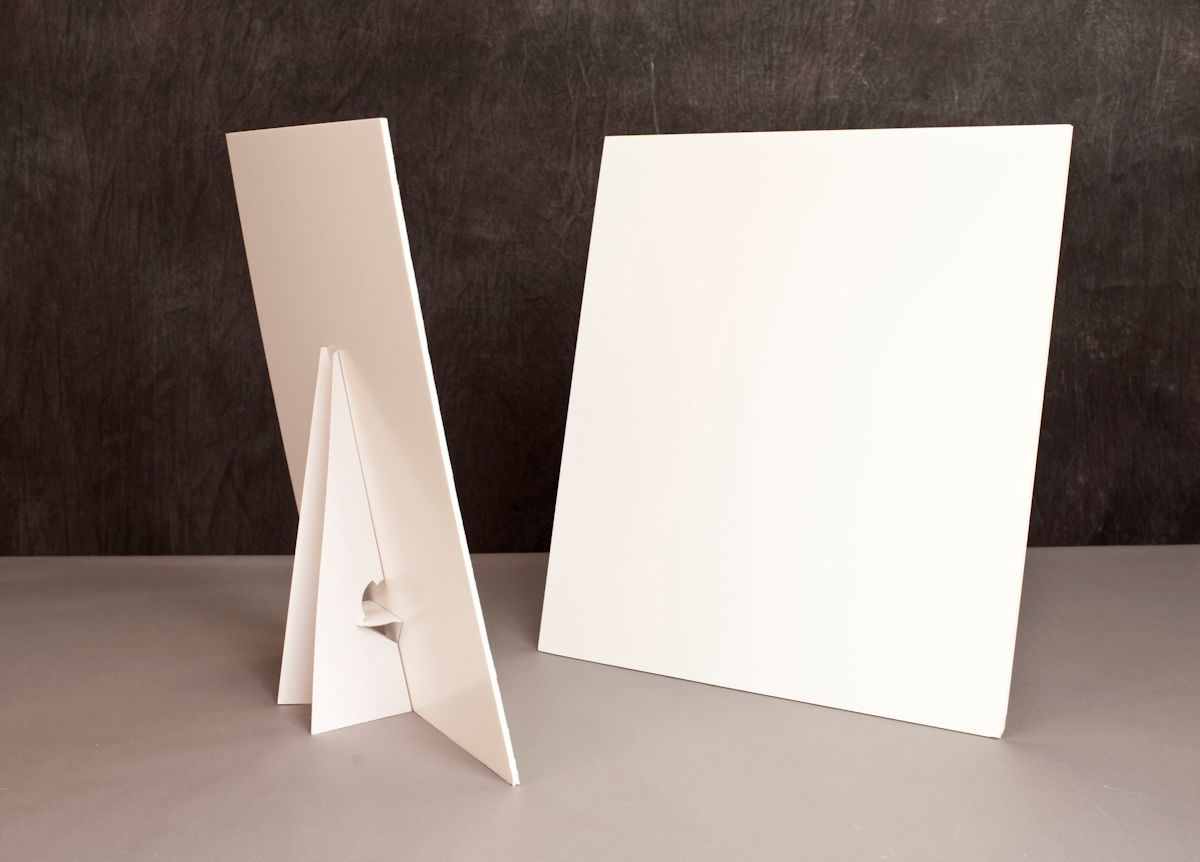

I can bring this around into a loop light somewhere about right there. I’m in right there, there’s a great Rembrandt. If you tilt it away from the talent it’s going to open up the room less. If you tilt it towards the talent it’s going to open up the room more. So how you tilt this light makes a big difference. But when I come across like this it becomes much more localized. It’s bringing a little bit of fill light. When I just move this this way that light that’s sitting in the ceiling over here is lighting my background. All of a sudden there’s nothing in the background. I’m going to take it across to the other side. Look what happens if I keep in the same position and I now move this across the room. From my hot spot here I’m getting a secondary bounce across the room. It really makes a difference if I move this light this way and come around, all of my light is bouncing up and across the room. But as I put it up in front and I bounce it into the area of the ceiling that’s going to give me a nice butterfly on her face, it’s a beautiful light that falls onto her face. And it’s going to become, it’s not going to look very good. It’s going to start to get over top of her head. Now if I put this thing too far back and move it behind her it’s going to be like any light. You can do the five portrait lighting positions in the ceiling. But where you place it in that ceiling really makes a huge difference on your talent. But if I’m in a room that has a lower 8-foot ceiling like this room it works perfectly. I mean from a room with a 20 foot ceiling, obviously, it’s not going to work.

I use this one most of the time because most ceilings are about eight foot. So let’s take a look at three bounce light setups. We’re just using that continuous light to be able to demonstrate. But anything we do here today will translate into strobes as easily as it does continuous light. It feels natural the way it integrates into the scene. And it also integrates into the scene really effectively. It gives you a nice floor and brings things up. You just simply bounce it out of the ceiling. You don’t have to spend the money for a modifier. So it’s just an easy way because you don’t need a modifier. I use it all the time because I’m stuck in a small room like this one. It just gives you a beautiful, beautiful look in video. It’s going to give you great wrap around the person. And the number one is that when you bounce a light into the ceiling you turn that entire ceiling into a bounce surface or a soft box or reflective surface. Why would we use bounce light? There’s a lot of reasons to use bounce light.

It really helps the quality of the light completely. And it changes the quality of the light completely. But what exactly is bounce light? Bounce light is when we take a light that is aimed directly at our talent and we pan it up and away and we bounce it off of the ceiling. Whether it’s bounce light for a fill, whether it’s bounce off the concrete, when you’re shooting outside you use bounce light all the time. What is bounce light? We use bounce light all the time in photography. Today on the Laws of Light we’re going to take a look at bounce light. You see, by backlighting your subjects, you keep direct sun off their faces, and you also avoid those weird shadows that occur under the eyebrows, nose, and chin.Hi, this is Jay P. …but did you know that you can also use backlight in the late morning and early afternoon? As long as the sun is slightly angled, then backlighting is possible, and it’s a great way to keep your subjects looking good in harsh, bright light.

Backlight your subjectsīacklighting is great for sunset silhouette photography… And while midday light is rarely ideal, if you use the tips and techniques I share below, your images will be much improved. In this article, I share my best advice for doing midday portrait photography. However, you won’t always get to choose when and where your portrait sessions take place – so it pays to know a few tips and tricks for managing that harsh midday sun. (Most serious portrait photographers try to avoid midday lighting at all costs, and for good reason: the harsh light beats down on subjects and creates wildly unflattering shadows.) Capturing stunning portrait photos at midday, when the sun is bright and high overhead, can be very, very difficult.


 0 kommentar(er)
0 kommentar(er)
